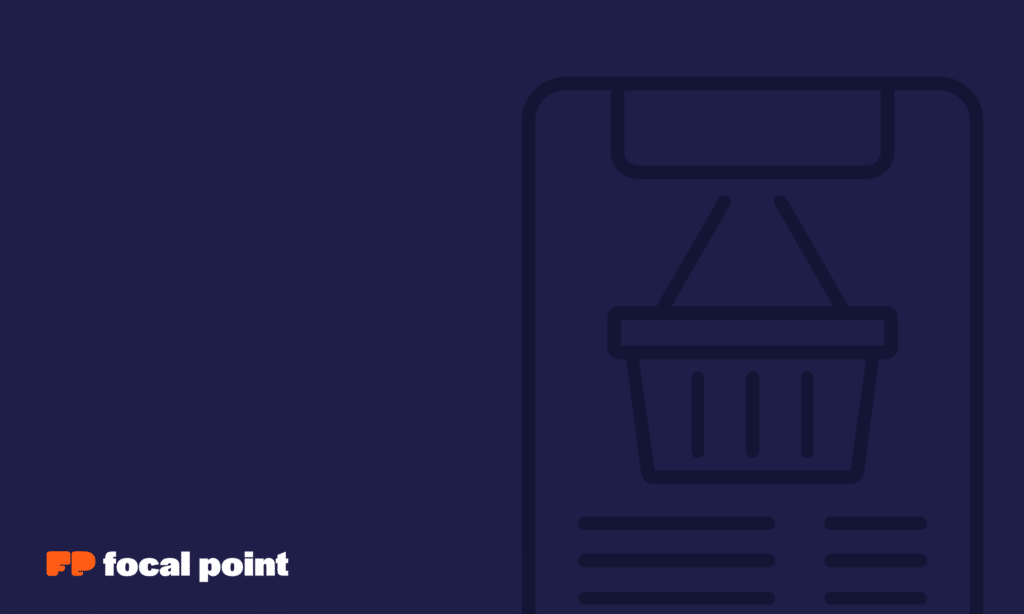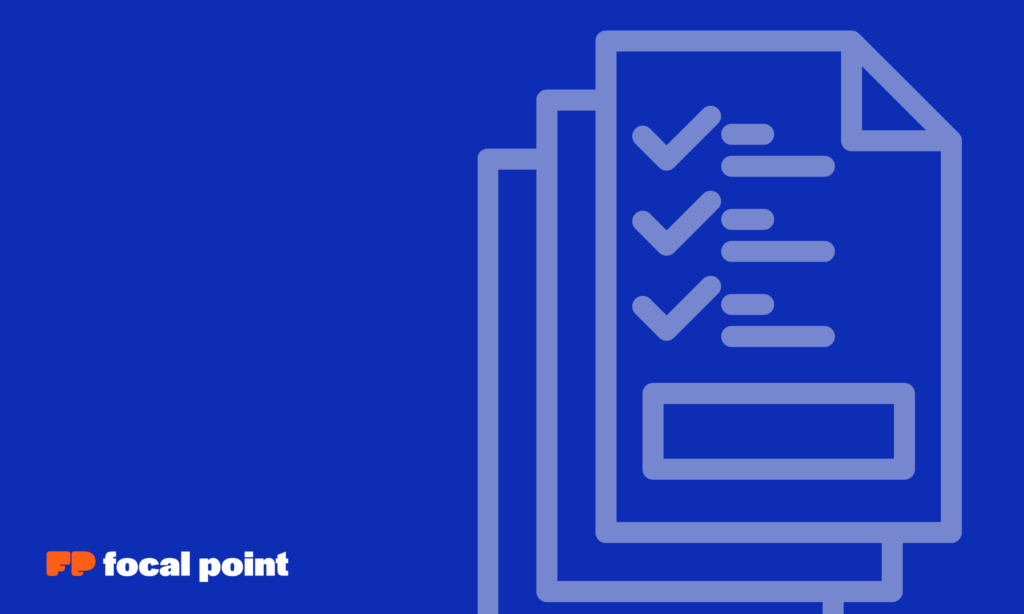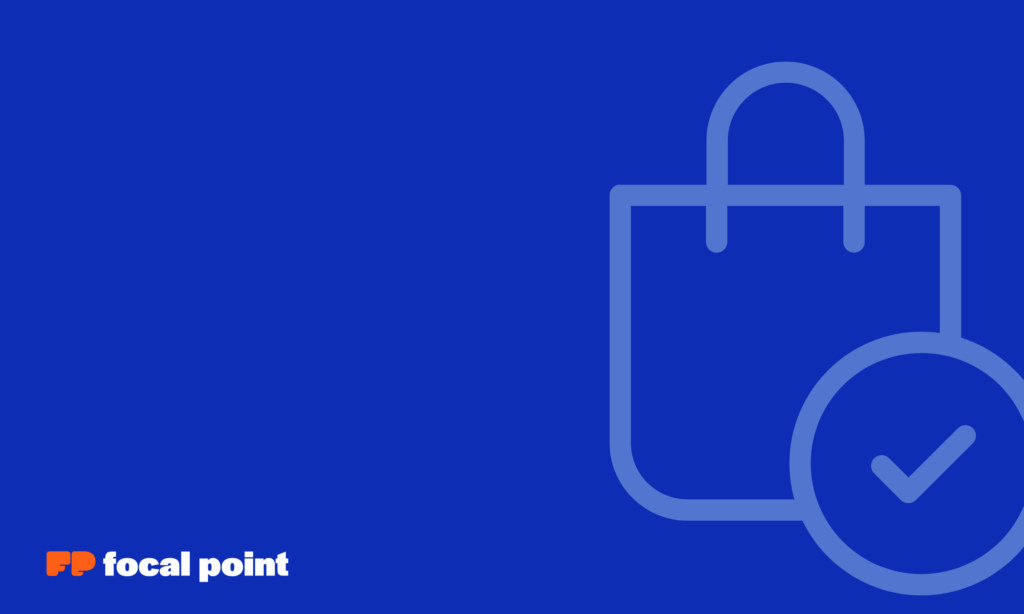Purchase requisitions and purchase orders both serve important, but distinct, purposes in business operations. In this article we’ll explore both, their uses and what sets them apart. A purchase requisition is an internal document that employees use to request items or services, while a purchase order is an official document sent to suppliers after approval.
The key difference is that a purchase requisition represents an internal request for purchasing needs, whereas a purchase order is a legally binding document that confirms your organization’s commitment to buy from a vendor.
| Feature | Purchase Requisition | Purchase Order |
|---|---|---|
| Purpose | Internal request for approval | External commitment to purchase |
| Legal Status | Not legally binding | Legally binding contract when accepted |
| Circulation | Internal only | External (sent to suppliers) |
| Timing | First step in procurement | Created after PR approval |
The typical procurement workflow begins with creating a purchase requisition that details what you need. Once approved by the appropriate authorities within your company, this requisition transforms into a purchase order that gets sent to the supplier.
This systematic approach helps maintain budget control and ensures proper authorization before spending company funds.
Purchase requisitions provide visibility into departmental needs and help with budget planning, while purchase orders create clear paper trails for accounting and establish concrete terms with your suppliers.
Understanding how these documents work together helps you maintain compliance and build stronger vendor relationships.
Purchase Requisition and Purchase Order Definition of Terms
What Is a Purchase Requisition?
A purchase requisition (PR) is an internal document that requests approval for a purchase within your organization.
When you need to acquire goods or services, this form initiates the procurement process by formally documenting your department’s needs.
Purchase requisitions serve several key purposes:
- Identifying and communicating specific needs
- Obtaining proper authorization before spending
- Creating a transparent record of purchase intent
- Ensuring budget availability for the request
The requisition typically includes product descriptions, quantities, estimated costs, and justification for the purchase.
It must be approved by designated authorities before advancing to the next procurement stage. This step is crucial for planning necessary purchases and maintaining financial control.
What Is a Purchase Order?
A purchase order (PO) is an external document sent to suppliers that officially commits your organization to buy specific goods or services. This document is created after your purchase requisition receives approval.
Purchase orders contain detailed information:
- Exact items or services being ordered
- Quantities and agreed-upon prices
- Delivery requirements and timelines
- Payment terms and conditions
Unlike requisitions, purchase orders are legally binding documents that protect both your organization and the supplier. They create contractual obligations once accepted by the vendor.
POs provide clear expectations for both parties and help prevent disputes by documenting exactly what was ordered. They also serve as reference points for invoice verification and payment processing within your accounting system.

The Purchase Requisition Process
Purchase requisitions serve as the foundational step in the procurement cycle, documenting internal needs before any external purchase orders are created. The requisition process typically flows through several key departments and requires proper documentation to ensure financial control and accountability.
Creation of a Purchase Requisition
When you identify a need for goods or services, you’ll create this formal request specifying what you need, the quantities required, preferred vendors, and estimated costs.
Modern organizations often utilize digital procurement systems to streamline this process.
When creating your requisition, be sure to include:
- Item descriptions with detailed specifications
- Quantity needed
- Required delivery date
- Budget code or account to be charged
- Business justification for the purchase
Your organization may use standardized forms or templates to ensure all necessary information is captured.
Remember that a clear, detailed requisition helps prevent misunderstandings and speeds up the approval process.
Approval of the Requisition
Once created, your purchase requisition enters an approval workflow which varies based on your organization’s policies and the purchase value. The purchasing department typically reviews requisitions to ensure they meet organizational standards and budget constraints.
Approval hierarchies often include:
- Department manager (validates the need)
- Budget holder (confirms funding availability)
- Procurement specialist (ensures policy compliance)
For high-value purchases, additional approvals might be required from senior management.
Most digital procurement systems automate this workflow, notifying each approver when their action is needed and tracking the requisition’s progress through the system.
Rejected requisitions are typically returned with explanations, allowing you to modify and resubmit them. Proper documentation of approvals creates an audit trail that supports financial compliance.
Internal Department Communications
Effective communication between departments is crucial for a smooth requisition process. Your requisition often crosses multiple department boundaries before final approval, requiring clear information exchange.
When departments communicate effectively about requisitions, they can:
- Identify potential cost savings through consolidated purchases
- Prevent duplicate orders
- Ensure budget alignment across teams
- Address compliance concerns early
The procurement system often serves as the central communication hub, allowing stakeholders to comment, question, and collaborate on requisitions.
Regular meetings between purchasing and other departments can help establish clear expectations about requisition formats and timelines.
For complex purchases, consider scheduling brief discussions with the purchasing department before submitting your requisition. This proactive approach can help identify potential issues early and streamline the overall process.
The Purchase Order Process
The purchase order process transforms an approved internal request into a formal commitment to purchase from suppliers. This structured workflow establishes clear communication channels and creates legally binding documentation for procurement transactions.
Conversion from Requisition to Order
Once a purchase requisition is approved, it doesn’t automatically become a purchase order.
Instead, the purchasing department reviews the approved requisition and creates a separate document—the purchase order. This conversion process involves validating supplier information, confirming budget availability, and ensuring compliance with organizational procurement policies.
The purchasing team transfers essential information from the requisition to the PO, including item descriptions, quantities, expected delivery dates, and negotiated prices. They also assign a unique purchase order number for tracking purposes.
This conversion step serves as a critical control point where professional buyers can apply their expertise to optimize terms, consolidate orders, and ensure the request aligns with strategic sourcing agreements.

Issuance of a Purchase Order
After creation, the purchase order becomes an external document sent directly to the chosen supplier.
Unlike the requisition, which remains internal, the PO represents your organization’s formal commitment to purchase specific goods or services under stated terms and conditions.
Modern procurement systems typically distribute POs electronically via email, electronic data interchange (EDI), or supplier portals. This digital approach accelerates delivery and creates automatic documentation.
A well-structured purchase order includes:
- Your company information and billing address
- Shipping destination and delivery timeline
- Detailed item specifications and quantities
- Agreed pricing and payment terms
- PO number and other reference codes
- Authorized signature or digital approval
Supplier Acknowledgment
Upon receiving your purchase order, the supplier should formally acknowledge receipt and acceptance of the terms.
This acknowledgment transforms the PO into a legally binding contract between both parties.
Suppliers typically respond with an order confirmation that validates their ability to fulfill your requirements according to the specified conditions.
They may also provide additional information such as:
- Confirmed ship dates
- Backorder notifications
- Pricing adjustments (requiring your approval)
- Substitution recommendations
You should establish a timeframe for expected acknowledgments—usually 24-48 hours after issuance.
If no response arrives, follow up promptly to prevent delays or misunderstandings.
Tracking acknowledgments in your procurement system creates accountability and helps identify suppliers who consistently fail to confirm orders in a timely manner.
Key Differences
Understanding the distinct characteristics of purchase requisitions and purchase orders helps streamline your procurement workflow and ensures proper financial controls. These documents serve different purposes and appear at different stages in the buying process.
Document Purpose and Function
A purchase requisition is an internal request to buy products or services, essentially documenting what your department needs. It initiates the approval workflow before any commitment to spend money occurs.
In contrast, a purchase order is an external document sent to suppliers that represents a legally binding commitment to buy specific goods or services.
It contains detailed information about what you’re ordering, including:
- Quantity and description of items
- Agreed pricing and payment terms
- Delivery specifications
- PO number for tracking
The purchase requisition focuses on justifying the need, while the purchase order formalizes the transaction with specific terms.
Internal vs External Use
Purchase requisitions remain strictly internal documents circulated only within your organization. They help departments communicate needs to procurement teams and financial gatekeepers.
Your requisition typically passes through several internal approvers depending on your organization’s structure and the value of the requested items.
This internal review process ensures proper budget allocation and need verification.
Purchase orders, however, move beyond your organization’s boundaries. They’re sent directly to suppliers and serve as official communication of what you wish to buy.
This external nature makes purchase orders legally significant documents that create binding obligations.
Role in the Procurement Process
In the procurement cycle, purchase requisitions appear at the beginning as the triggering mechanism. They initiate the buying process by formally documenting a need and seeking proper authorization.
Once your requisition receives approval, it typically converts into a purchase order.
This conversion marks the transition from internal need identification to external supplier engagement.
Purchase orders play a critical role in:
- Creating a clear record of what was ordered
- Establishing spending accountability
- Providing reference documents for receiving and invoice matching
- Setting clear expectations with suppliers
The purchase order contains the same basic information as the requisition but adds specific commercial terms that govern the transaction with your supplier.
Document Details and Components
Both purchase requisitions and purchase orders contain specific information that serves distinct purposes in the procurement process. Understanding the components of each document helps in creating accurate records and maintaining smooth procurement workflows.
Understanding Order Details
The order details section is critical in both document types but serves different audiences.
In a purchase requisition, you’ll need to include item descriptions, quantities, estimated costs, and the department making the request.
This information helps management evaluate the necessity of the purchase.
A purchase order requires more specific details as it goes to external vendors:
- Item SKUs or product codes
- Exact quantities
- Agreed-upon pricing
- Payment terms
- Delivery expectations

You should also include a PO number for tracking purposes. This unique identifier helps both your organization and the supplier reference the order during communications and when resolving any disputes.
Including Shipping Information
Shipping information appears differently in requisitions versus orders.
In purchase requisitions, you typically only need to indicate the internal delivery location (department or building).
For purchase orders, comprehensive shipping details are essential:
| Shipping Component | What to Include |
|---|---|
| Delivery Address | Complete street address, building/suite numbers |
| Contact Person | Name and phone number for delivery questions |
| Special Instructions | Loading dock information, delivery hours, etc. |
You should clearly identify if drop-shipping to multiple locations is required.
Any special handling instructions like temperature requirements or fragile item notifications should be prominently displayed on the order forms.
The Role of the Purchasing Department
The purchasing department serves as the central hub for managing both purchase requisitions and purchase orders while ensuring compliance with organizational purchasing policies. They coordinate the entire procurement process from initial request to vendor payment.
Managing Requisition and Order Forms
The purchasing department oversees the flow of documentation between internal departments and external suppliers.
They receive purchase requisitions from employees or departments and evaluate them for necessity, budget alignment, and compliance with company standards.
Once a purchase requisition is approved, the purchasing department transforms it into a purchase order to send to suppliers.
You’ll find that well-organized departments maintain clear tracking systems that monitor each document’s status throughout the procurement cycle.
Many purchasing departments now utilize digital procurement systems to streamline the process.
These systems allow you to create, route, approve, and store both purchase requisitions and purchase orders electronically, reducing processing time and errors.
The department also handles vendor communications, negotiating favorable terms and resolving any discrepancies between what was ordered and what was received.
Enforcing Purchasing Policies
Purchasing departments establish and enforce comprehensive procurement policies that guide your organization’s spending practices.
They implement approval hierarchies that determine who can request purchases and who must authorize them based on dollar thresholds.
They create standardized processes for submitting internal purchase requisitions and issuing legally binding purchase orders to vendors.
This standardization ensures consistency and compliance across all departments.
The purchasing team conducts regular audits to verify adherence to policies and identify potential areas for improvement.
You’ll need to follow their guidelines for preferred vendors, spending limits, and documentation requirements.
By enforcing these policies, the department helps:
- Prevent unauthorized purchases
- Maintain budget control
- Ensure regulatory compliance
- Reduce fraud and waste
- Create audit trails for financial reporting
The purchasing department also provides training to help you understand proper procurement procedures and the critical differences between requisitions and orders.
Streamlining the Procurement Cycle
Effective procurement management requires clear processes and systems that connect purchase requisitions with purchase orders. Organizations can significantly reduce processing time and errors by implementing structured workflows.
Benefits of an Integrated Procurement System
An integrated procurement system connects all aspects of your purchasing process, from initial requests to vendor payments.
When purchase requisitions and purchase orders flow through the same system, approval times decrease by up to 70%.
You’ll gain better visibility into spending patterns and budget utilization.
This transparency allows for more strategic decision-making and vendor negotiations.
Data centralization eliminates duplicate requests and reduces maverick spending.
Your procurement team can track request status in real-time, reducing follow-up inquiries and administrative overhead.
Integration with inventory management ensures you only order what you need. Automatic notifications alert stakeholders about pending approvals, keeping the process moving smoothly.

Improvements in Efficiency and Accuracy
Automating the transition from purchase requisition to purchase order reduces manual data entry errors by up to 80%.
Your team spends less time correcting mistakes and more time on strategic procurement activities.
Digital approval workflows eliminate paper-based bottlenecks. Requests can be approved remotely, preventing delays when key personnel are unavailable in the office.
Standardized templates ensure all required information is captured consistently.
This standardization speeds up both the internal requisition process and external vendor communication.
Automated budget checks prevent unauthorized purchases before they occur.
The system can instantly validate if requested items fit within departmental spending limits.
Reporting capabilities provide insights into procurement cycle times, helping you identify and address inefficiencies in your process.
FAQ: Common Questions About PR and PO
Q: Can a purchase order be created without a requisition? A: Yes, some organizations allow POs without formal requisitions for routine purchases, but this bypasses important controls.
Q: How long should the PR-to-PO process take? A: Best-in-class organizations complete the process in 1-3 days, depending on complexity.
Q: What happens if prices change between PR and PO? A: Price discrepancies may require re-approval if they exceed predetermined thresholds.
Q: Are electronic POs legally binding? A: Yes, electronic purchase orders carry the same legal weight as paper versions in most jurisdictions.
Q: How do blanket purchase orders work with requisitions? A: Blanket POs often use simplified requisitions for releases against a pre-approved contract.
Conclusion
Understanding the distinct roles of purchase requisitions and purchase orders is essential for efficient procurement operations. While requisitions control internal spending authorization, purchase orders establish legally binding commitments with suppliers.
By implementing clear processes and leveraging modern procurement technology, organizations can streamline workflows, reduce errors, improve compliance, and ultimately optimize spending across the enterprise.
For best results, focus on:
- Standardizing documentation
- Automating approval workflows
- Training employees on proper procedures
- Measuring and improving cycle times
- Integrating with financial systems
With these strategies, your organization can transform procurement from a transactional function into a strategic advantage.



